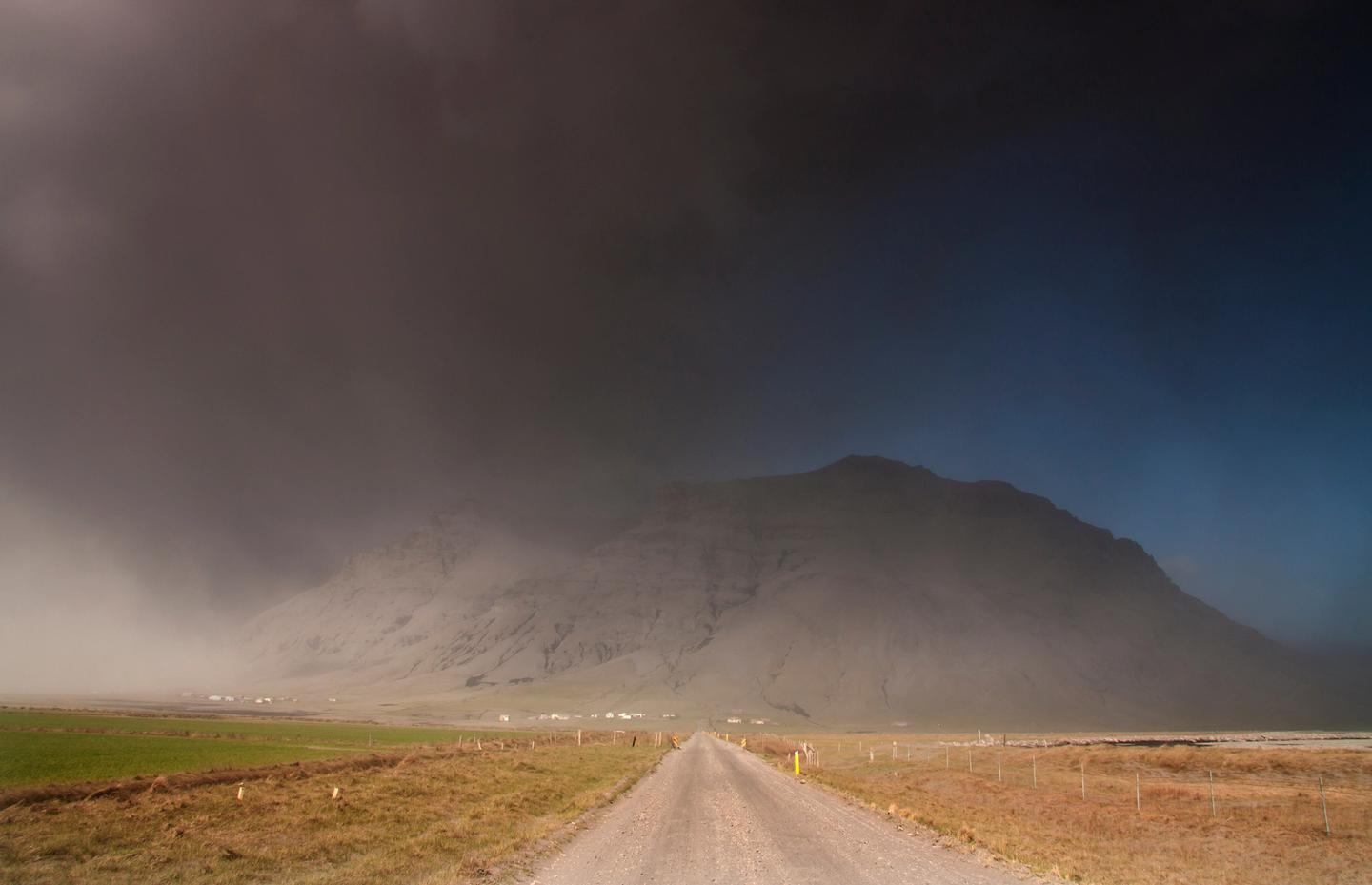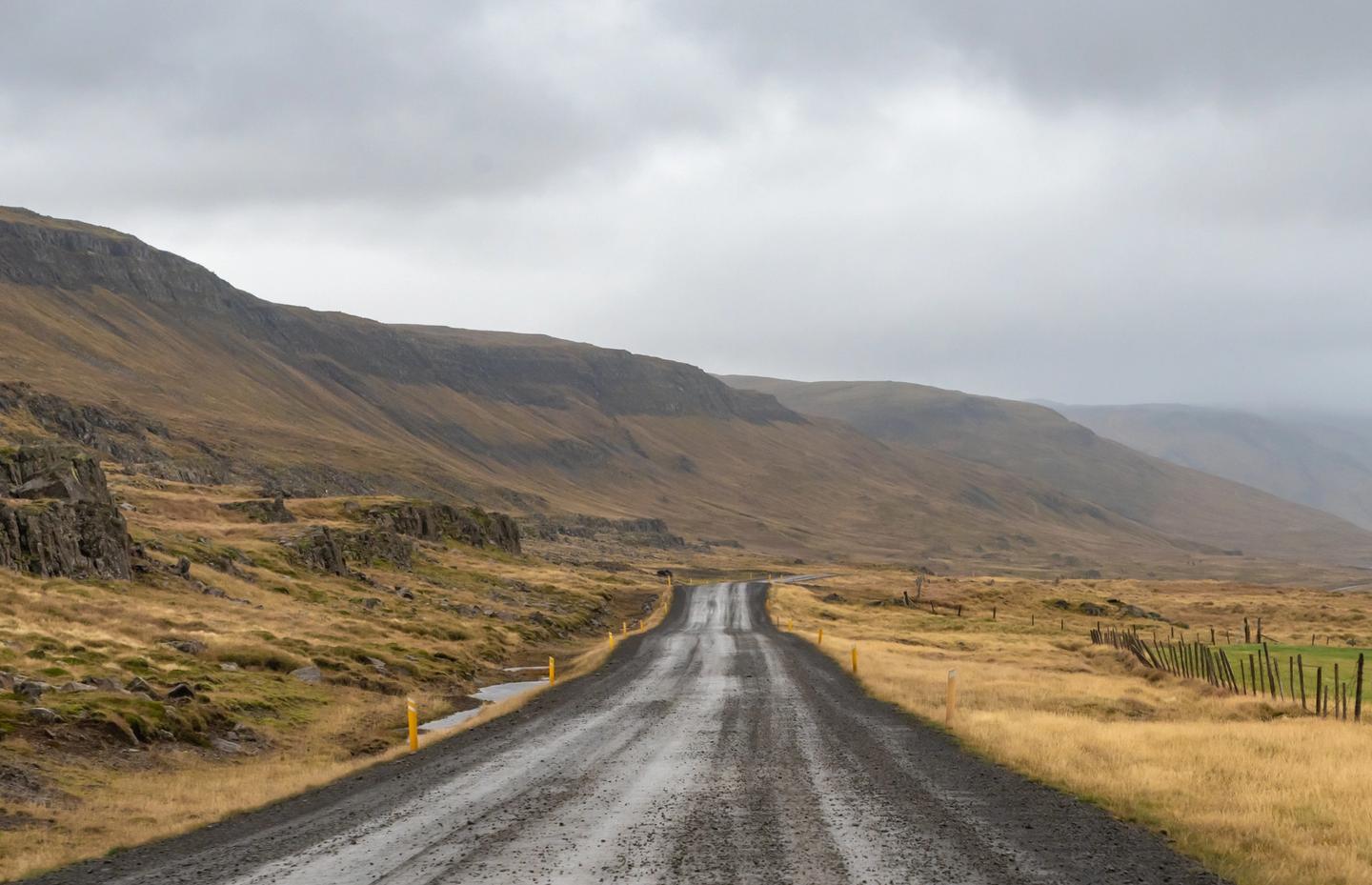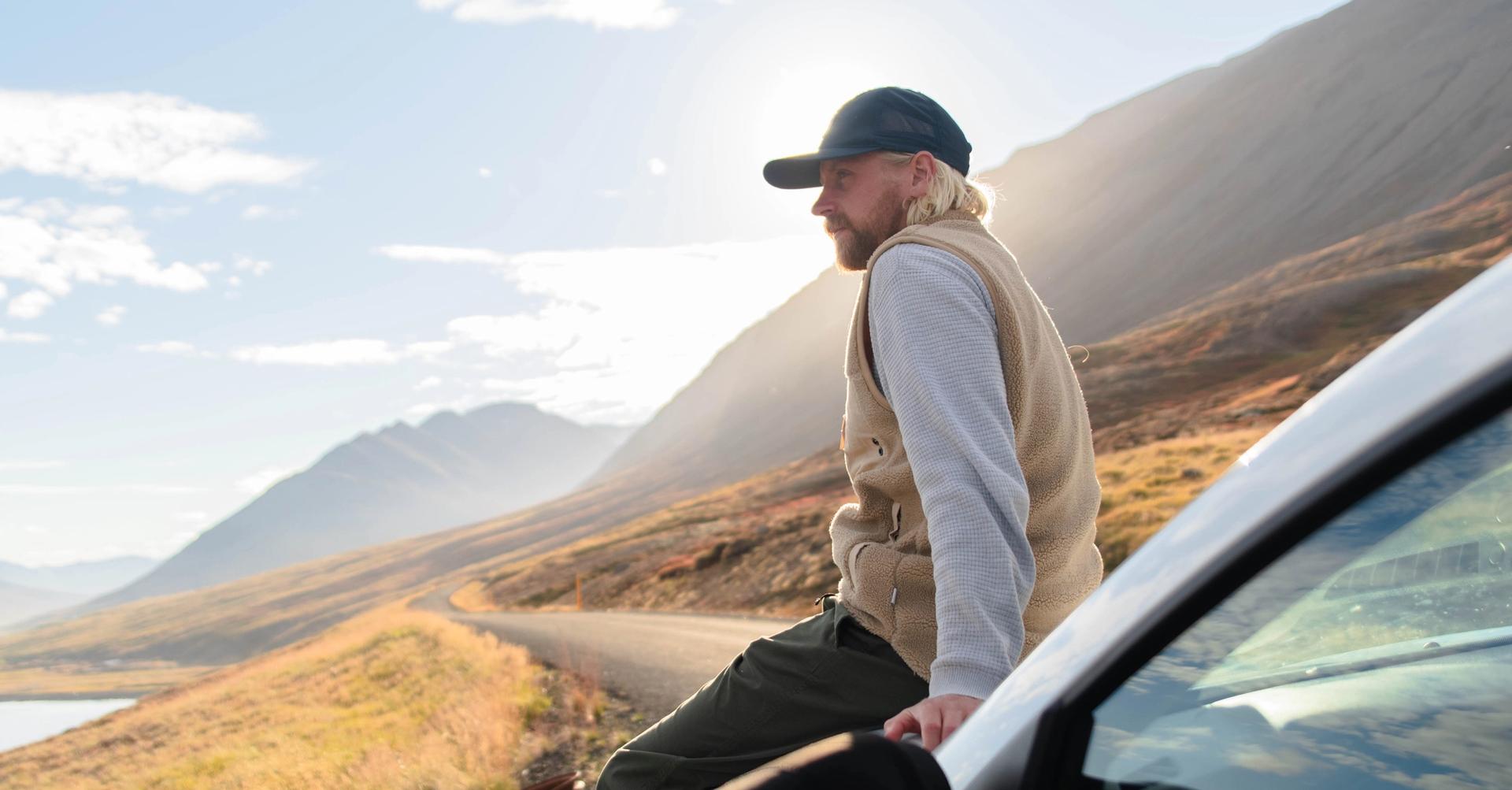 Driving in Iceland
Driving in IcelandUnderstanding Iceland's Weather: A Comprehensive Guide
Iceland is known as the land of Fire and Ice, which could cause some confusion regarding the weather. But don’t worry, we are here to help you navigate Iceland’s temperatures. First off, location is key to why the island has colder weather compared to other countries.
Iceland is located near the Arctic Circle, which means the cold temperatures occur due to the current in the North Atlantic Ocean. Which is carried over by the warm waters in the gulf stream.
The gulf stream goes from the Florida coast until it turns east into North Carolina. It even carries more water than all of the world's rivers combined. The gulf stream moves continuously northeast across the ocean, at a maximum of 5.6 miles an hour. With the average speed sitting at four miles per hour.
Luckily the combination of the water causes Iceland to have higher than average temperatures than other places in the world that sit at the same latitude. Which is most certainly a win for both locals and visitors.
Iceland's Seasons
So is Iceland always cold? Simply put, no. Iceland actually has a beautiful summer season, which most tourists aren’t even aware of. We will break down each season so you know what to pack, and expect when visiting this exciting country.
Summer
The average temperature in Iceland during summer is between 50°F and 59°F. It can get as warm as 77°F in some parts of the country, which can be a real treat. At night, the lows can drop well into the 40s. July is the warmest month of summer, with an average of 59°F. August sits at an average of 55°F, an ideal temperature for exploring outdoors.
While summer is not the rainy season in Iceland, some passing showers can be common. Always bring a rain jacket with you when visiting. Not only for the random showers but also for all the misty waterfalls that you will be exploring.
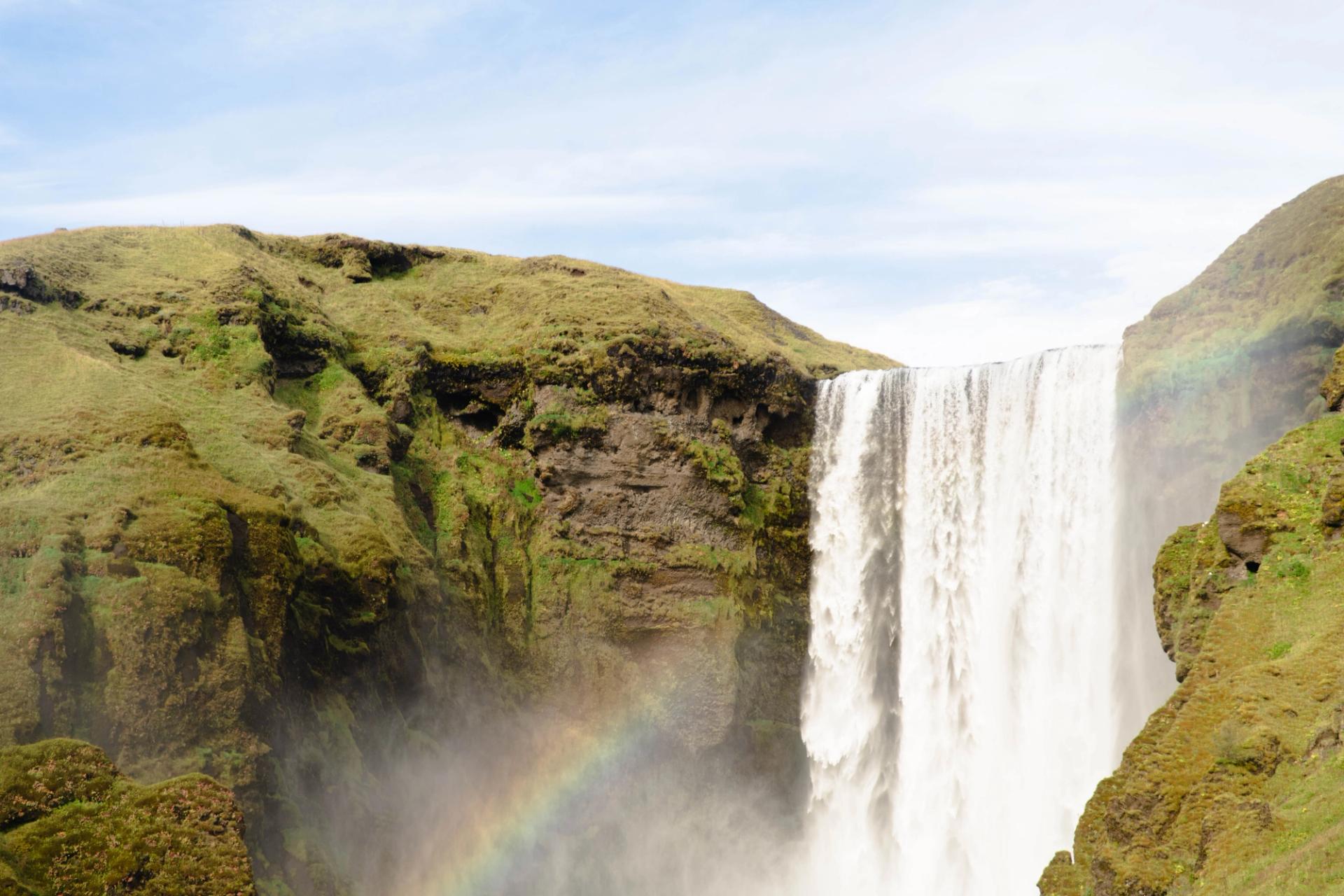
Summer also provides maximum daylight, making it the perfect season for a long road trip. You will have more time to get to your destination before the sun goes down. This can mean indulging in those longer hikes that have been sitting on your bucket list. Want to hike at midnight with the sun still up? Then visit during Iceland’s Midnight Sun, which takes place every June. A once-in-a-lifetime opportunity.
Fall
After a sunny Summer comes a stunning Fall. The crisp mountain air paired with cooler temperatures is impressive in Iceland. September is a bit colder than August, with an average of 46°F. The highest temperature Iceland ever saw during September was 65°F, so it is possible for it to be a bit warmer. When October hits, things change a bit. The temperature drops about 10°F, resulting in an average high of 45°F. It is also the wettest month in Iceland, making that rain jacket we talked about an absolute must. As we enter November the temperature gets pretty chilly, with an average high of 40°F.
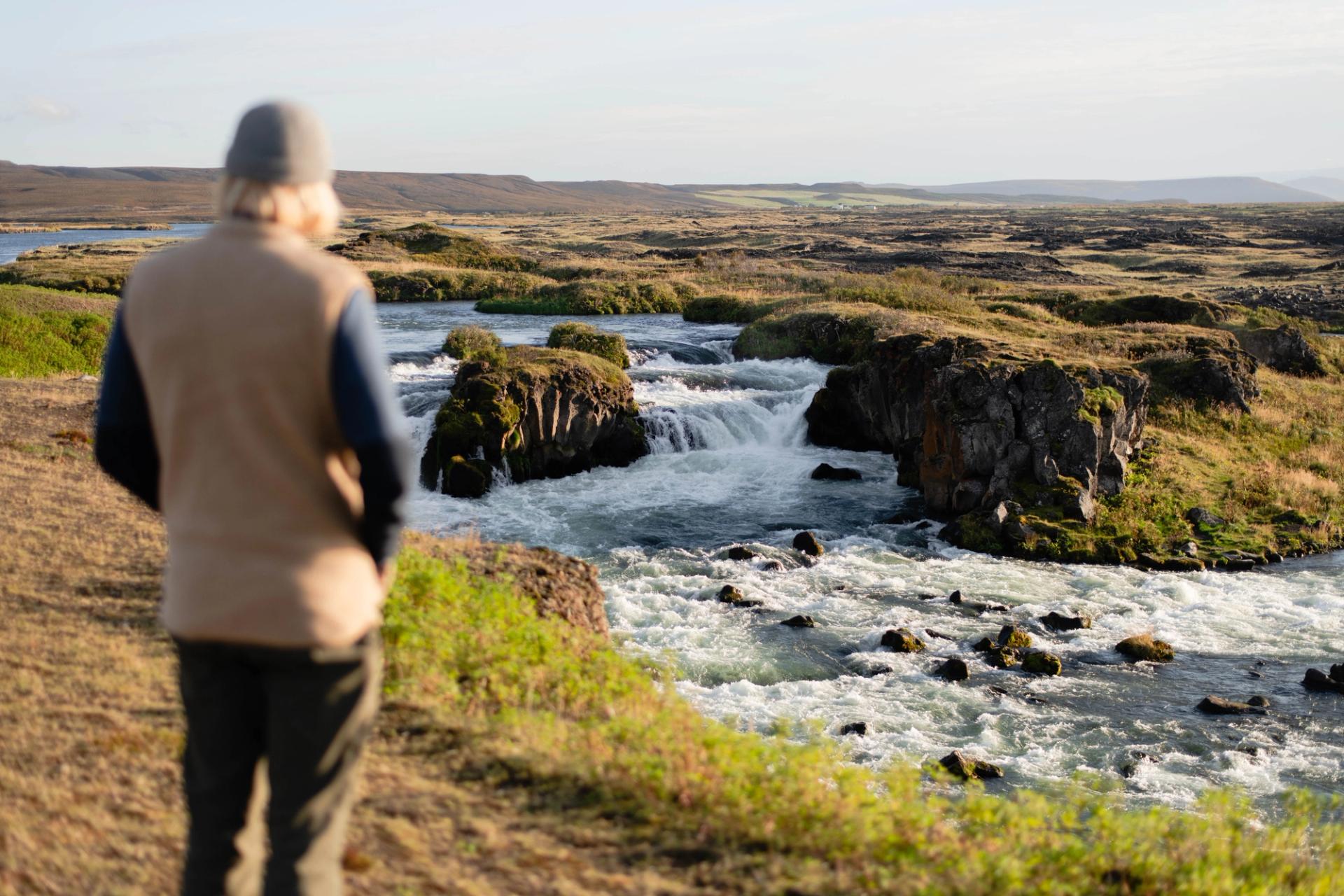
The sun will still set relatively late, especially in September. You can expect the sun to go down around 8:00 PM, still providing plenty of sunlight to adventure. As fall comes to an end, so do the daylight hours, making early fall the brightest time of the season. It is a popular time to visit Iceland. Take in the fall foliage that is paired with the majestic mountains in the background.
Winter
Winter is the coldest season in Iceland. Luckily, it is not as cold as other countries that are located in the north. The average temperature during the winter months is 30°F. January is the coldest month during the season, with an average high of 36°F and a low of 28°F.
It is also the darkest season. With the daylight hours only being from 11:00 AM to 3:00 PM at one point, a total of four hours. Most travelers planning to visit Iceland in the winter go to catch a glimpse of the Northern Lights. The extra hours of darkness provide a greater chance of viewing the Aurora. We think the odds of seeing the colors dance across the sky are worth braving the cold!
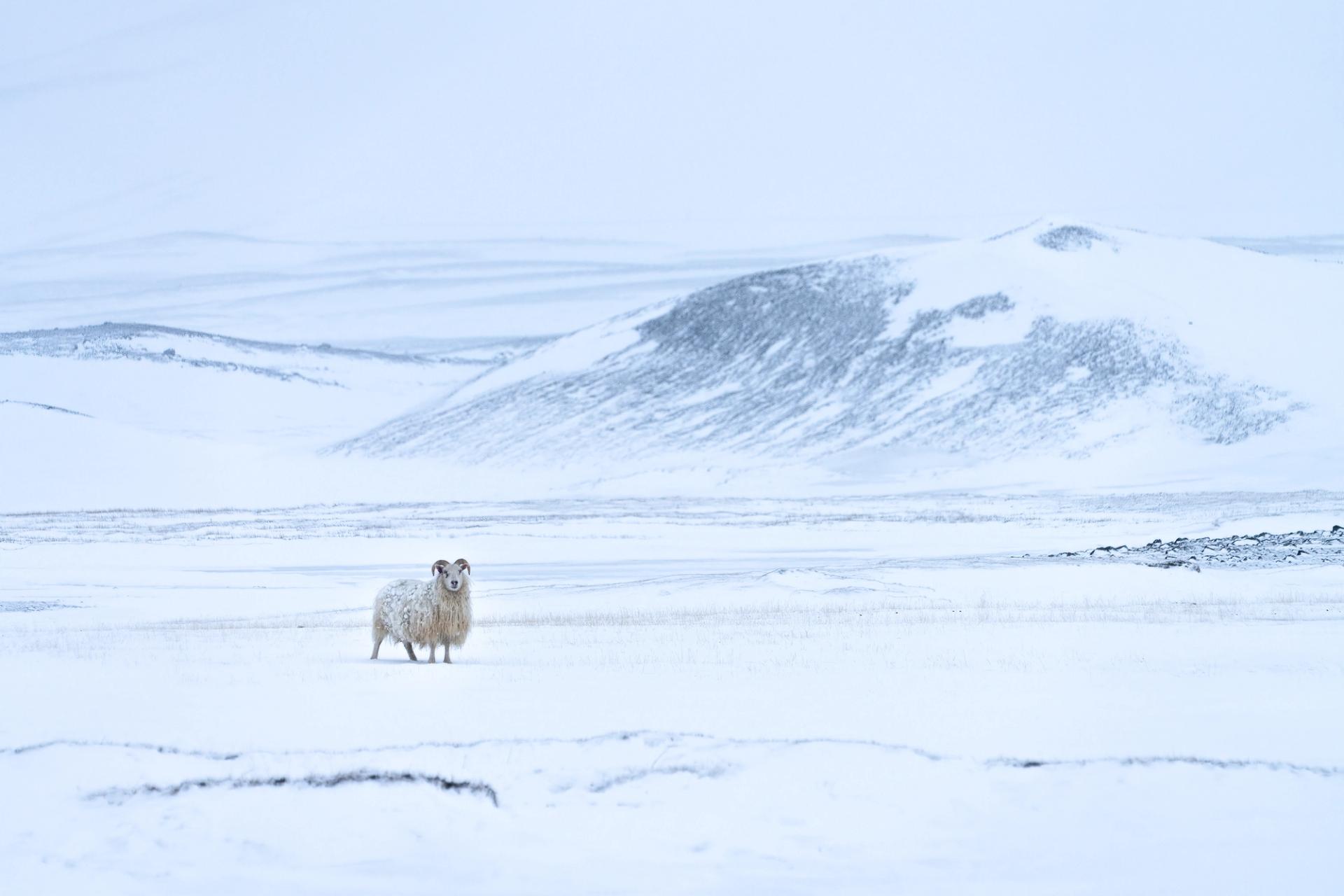
Some towns even celebrate their darkness ending. Ísafjörður, located in the Westfjords region experiences full darkness after November 24th. Due to the sun not rising past their tall mountain tops. Then in late January the sun finally rises over the mountains, creating Sun Day. The day is normally celebrated with “sun coffee” and pancakes! A delicious combination.
Spring
Now let’s discuss Spring. Icelanders celebrate the first day of summer on the first Thursday after April 18, which is technically in Spring. But in Iceland, the 'official' first day of summer is a public holiday that is celebrated annually. Other countries celebrate the first day of summer on Tuesday, June 21st. But due to the old Icelandic calendar, it is a festival of the start of the first summer month or Harpa. Ironically, it is not uncommon for snow to fall on this day.
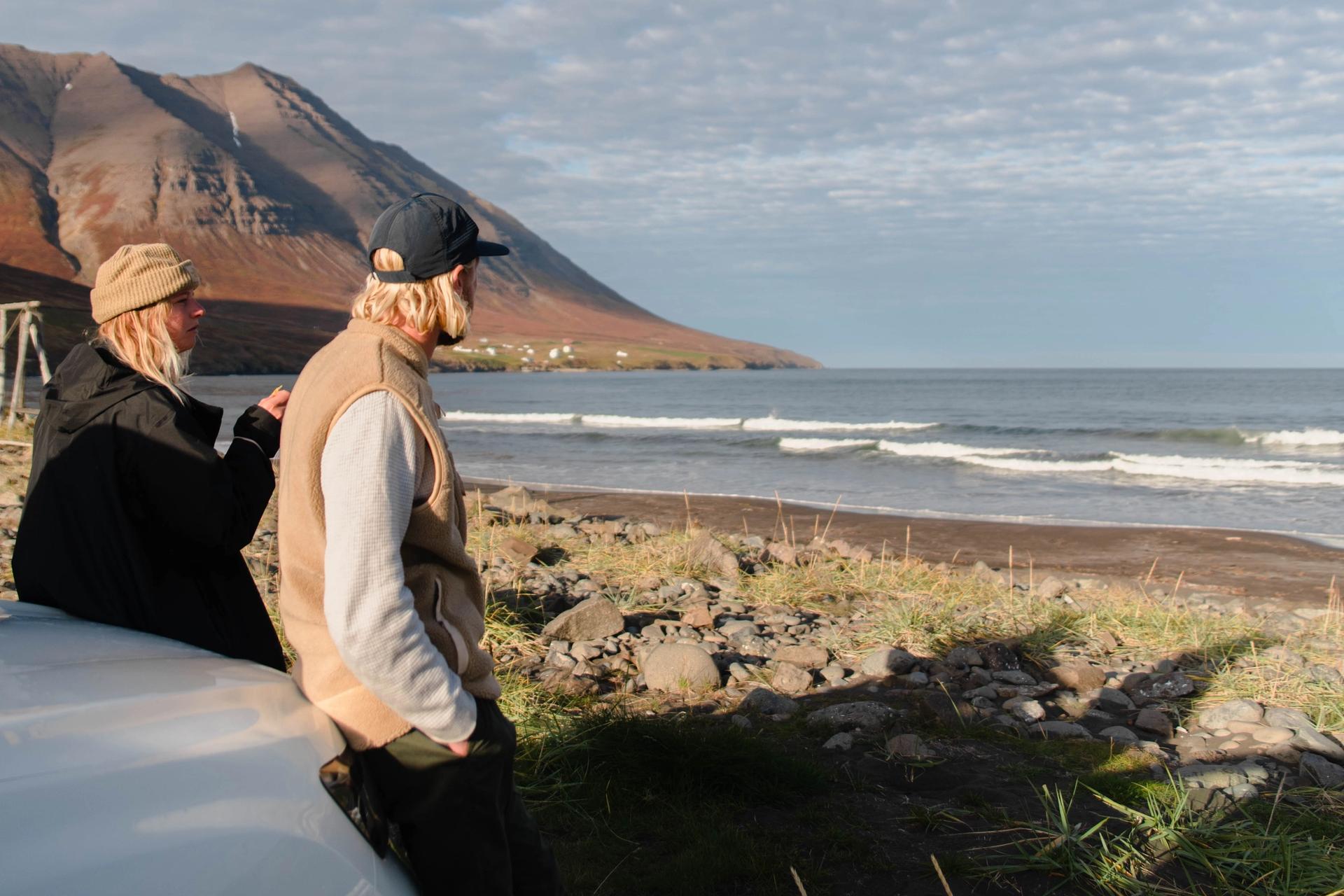
The Spring season is technically from March-May, and part of June. March and April have average high temperatures of 37°F and 31°F for the lows. Once May hits, things start to warm up with an average high of 53°F. Once June gets here, we start to head into those summer temperatures by the end of the month. May is actually considered to be one of the best months to visit Iceland. This is when the flowers bloom and nature starts coming back to life. It is also the month that has some of the lowest precipitation. Light rain is possible, but snow should be out of the picture by then. This is an ideal time to travel to Iceland if you are looking for sunny yet cooler days.
Types Of Weather
Now that we covered temperatures, let’s talk about other weather, such as snow and rain.
Snow is common during the winter months, with the heaviest snowfall between December and January. However, that does not mean you are in the clear. It can snow almost every month of the year, except for June, July, and August. It does snow throughout the country, with some places getting more snow than others.
For example, Reykjavik gets snow with an average one-inch accumulation, sometimes going up to two inches. In the Westfjords, the town of Isafjordur gets very heavy snowfall. The roads can close during the winter months, making it impossible to visit. This is more common in the north and east of Iceland. So if you want to visit towns in those areas, it is best to go in the summer months. Luckily a majority of Iceland’s roads are built for snow, in addition to being very well maintained. The Ring Road is accessible in the winter months going west and south and normally stays open. Icelanders keep the roads cleared for drivers, making it safe for those who are comfortable driving on the snowy roads.
So what about rain? Iceland does not have an intense rainy season but if we had to choose one, it would be from October to January. This is more common in the southern part of the country rather than in the north. Thunderstorms should not be an issue for you. They are very rare in Iceland, with an average of five storms per year. If a thunderstorm does occur, it normally happens in the South Coast area. This is because the South Coast is warmer than Northern and Eastern Iceland.
Extreme Weather
What about extreme weather? Iceland is not prominent to anything too extreme, but we will break down what you can expect in a rare occurrence. Tornadoes are not common in Iceland, yet waterspouts have been seen over the years. A water spout is a tornado or funnel cloud that occurs over the ocean or a large body of water. The best part is that they normally stay out in the ocean. Leaving nothing to worry about for those of us on land.
Earthquakes in Iceland are considered normal, along with the rest of the world. While there are about 500 that happen weekly, almost all are unnoticeable. Big earthquakes that shake the ground and cause damage are very rare. The largest earthquake that was recorded in Iceland happened in 1784 at a 7.1 magnitude. Since then, no other earthquakes have been as intense.
When a large earthquake happens, a Tsunami can follow. Which is a ginormous and terrifying tidal wave. Fourntenly, Iceland is not located in a Tsunami Zone. Scientists say there is only a 2% chance that a Tsunami could hit Iceland over the next fifty years.
Since Iceland is an island, are hurricanes a threat? They can be, but not the kind you see hit the Caribbean Islands. On September 1st, 2014, Hurricane Cristobal did reach Iceland. Since it was near the end of the storm, just heavy winds and rain were carried over. Basically, Iceland will not get a new hurricane fresh off the coast due to its cooler weather. But there is always a chance a powerful storm could reach the small island towards the end of its wrath.
You also need to keep a lookout for ash and sand storms when traveling through the country. Around 20% of Iceland is covered in ash that was left over from volcanic eruptions in the past. If heavy winds hit the area, this ash can cause damage to your car. It is also very dangerous to drive through since it will be nearly impossible to see. Make sure to pull over and stay safe until the storm has passed through. High winds can also pick up sand, especially in the South Coast Area. If you are near the coast and heavy winds are in the forecast, go slow and be aware of your surroundings. Sand and Ash can cause damage to your rental car. You always want to make sure to add Sand and Ash Insurance to your car rental, in case a situation like this occurs.
Blizzards are the most common type of extreme weather in Iceland. This happens when strong winds are in the forecast, in combination with heavy snowfall. This causes downed power lines and white-out driving or walking conditions. Blizzards in Iceland are no joke. In 2019 the country saw up to 149 mph winds, with over 10 feet of snow accumulating in the mountains. If you are visiting Iceland when a blizzard is in the forecast, it is best to stay put. This is definitely the time to stay inside and nestle up with that book you’ve been dying to read.
Iceland’s Worst Storm
In 2015, Iceland was hit with the first-ever named Icelandic storm, Diddú. It was rumored to be the worst storm that has hit Iceland in 25 years! It brought heavy snowfall and hurricane-force winds to the small island. Why did this happen? An extreme arctic depression brought heavy amounts of precipitation to Iceland. This combined with the very strong winds was a recipe for disaster,
East Iceland reported wind gusts going over 160 MPH. With the Westfjords area reporting winds hitting 96 MPH. South Iceland and the Westman islands seemed to be the areas that got the most damage. The winds were so strong the roofs of houses were blown right off. Boats in the area were simply gone as they went completely airborne. Thankfully no one was hurt during this storm, just a lot of heavy cleanup after it ended.
We could not find a video of that storm, but here is another one from 2012 captured in Reykjavik:
The Future Of Iceland’s Weather
What does Iceland’s future hold when it comes to its climate? Climate change could have an effect on Iceland’s temperatures over the next decade, thanks to Greenland. The ice sheet in the country is now melting, which results in making Iceland colder. So how could this happen? The constant melting of ice is making the North Atlantic Ocean even colder. Since colder temperatures slow a Gulf Stream, the warm water from the Gulf of Mexico will no longer make it to Iceland. If this does continue over time, Iceland and Greenland could switch climates. This would be a full-circle story for the Greenland and Iceland name controversy. Scientists are predicting this would happen in the next hundred years, if at all.
Yes, Iceland has many different temperatures and climates throughout the year. Which makes each season a new adventure. Ice climbers can visit in the winter and experience the northern lights. While backpackers may prefer summer, due to its longer daylight hours. Whatever you are seeking, Iceland has got your back, any time of the year!
